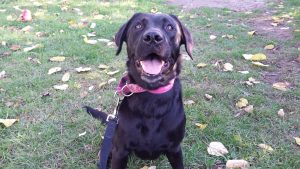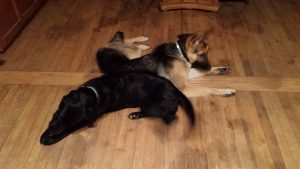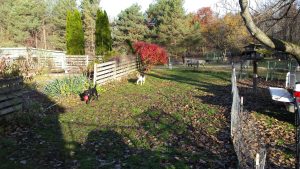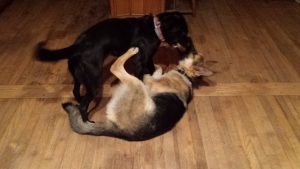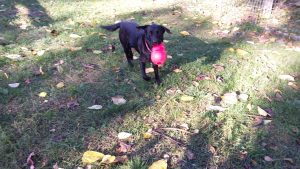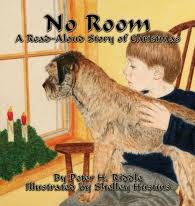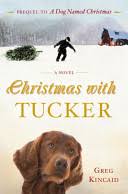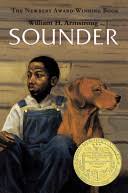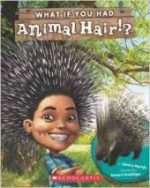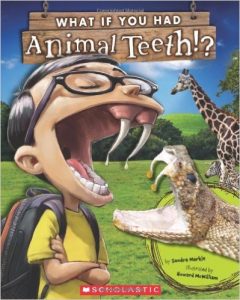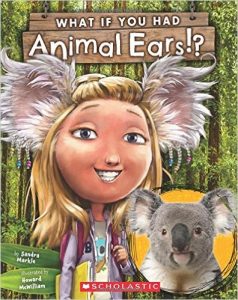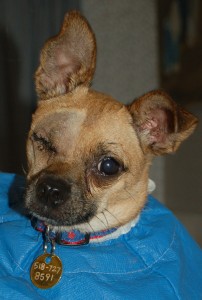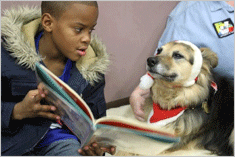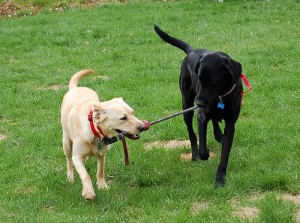Vet Sci 101 – Winter Safety for Pets
Vet Science 101 – Winter Safety for Pets
Now that winter is on its way, there are different dangers that our pets may be exposed to, such as frigid temperatures, ice melt and antifreeze. In this edition of Vet Science 101, we will discuss these wintertime dangers, symptoms of exposure, and what to do if your pet encounters one of these situations.
Hypothermia
Extremely cold temperatures can cause serious problems for animals that are outside for even short periods of time. Most pets are not bred to withstand temperatures below freezing (32 degrees F). People mistakenly think that their pet is not affected by the cold because they have a fur coat, but nothing could be further from the truth. Cats and dogs can suffer, and even die from hypothermia.
Hypothermia occurs when an animal’s internal temperature becomes too low for the body to function normally. It can affect all animals but those who are wet, small, elderly, young, or outside with no shelter are most affected. Symptoms of hypothermia include:
- Severe lethargy
- Decreased appetite
- Decreased responsiveness
- Low body temperature (on average below 98 degrees Fahrenheit)
- Discoloration of skin – especially red or blackened extremities
- Pale or white gums
Hypothermia is a medical emergency and you should seek immediate veterinary attention if you find an animal with these symptoms.
However, if for some reason it is absolutely necessary for your pet to be outdoors for an extended period of time in cold weather, make sure your pet has access to the following at all times:
- Shelter with draft-proof walls and good bedding such as straw or cedar
- Fresh water that has not frozen
- Ample quantities of fresh food (exposure to the cold increases the body’s need for fuel and calories)
- Blankets and/or coats
Antifreeze and ice melt
Antifreeze is an extremely dangerous winter toxin. Pets are attracted to the odor and taste of it. Ingestion of antifreeze can cause acute, fatal kidney failure. Be sure to clean up any antifreeze spills that may result when adding or changing the antifreeze in your car and make sure antifreeze is in sealed containers that are out of reach of children and pets. If your pet does ingest antifreeze, seek immediate veterinary attention.
While ice melt is not toxic in small amounts, these salt-based products can cause irritation to your pet’s mouth and skin. They can also cause serious stomach issues if large volumes are ingested. The possibility also exists for sodium toxicity and hyperkalemia if an animal eats large quantities. If possible, purchase ice melt that is pet-friendly to use at home. If your pet is exposed to ice melt during walks on streets and sidewalks, or even at home, wipe off your pet’s paws with a warm, damp cloth to prevent licking and ingestion.
Disclaimer: The information contained in this site is a guide only. It does not substitute for professional veterinary advice. Please contact your local veterinary clinic or emergency veterinary hospital for consultations for medical conditions. Please do not attempt diagnosis or treatment of conditions by yourself.

